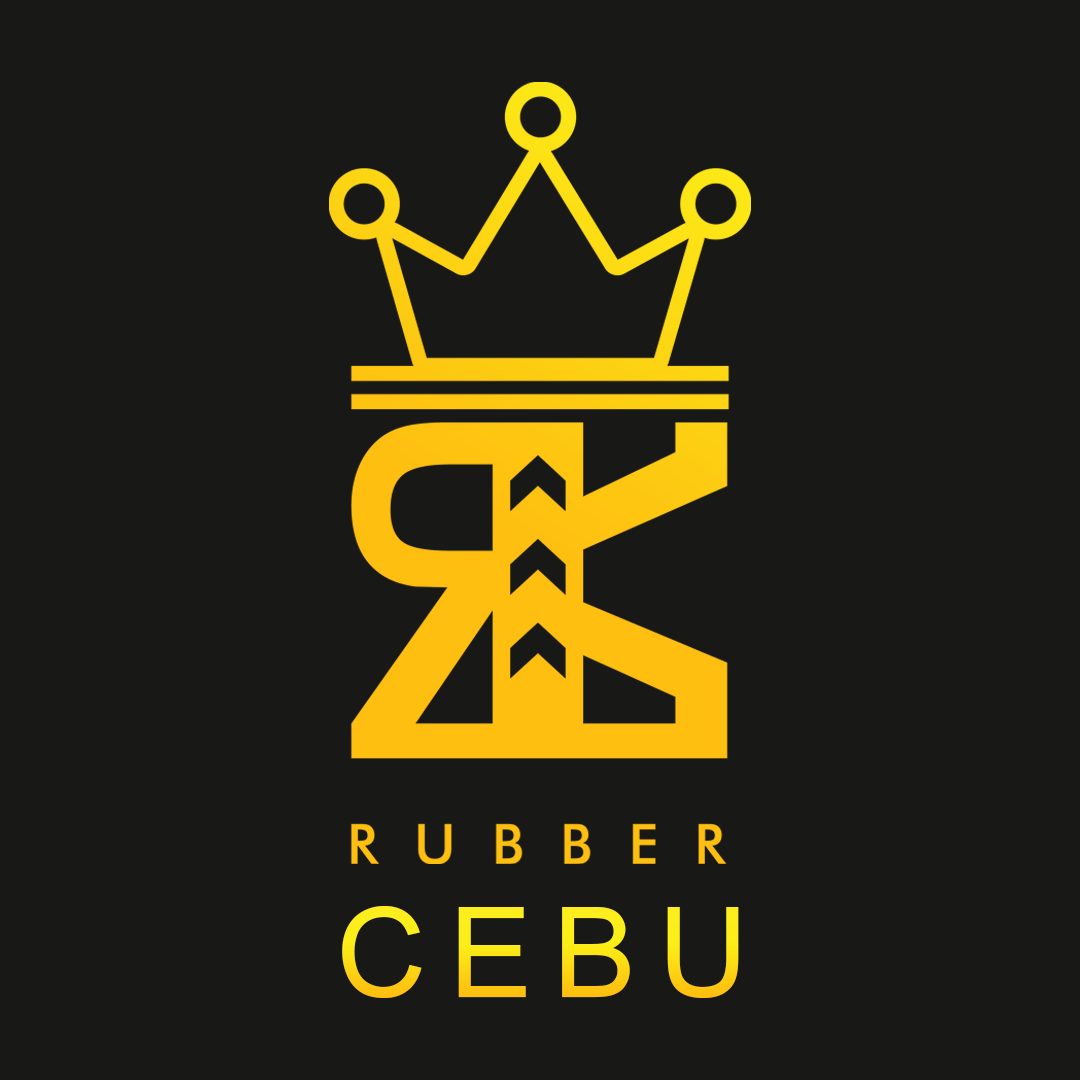Rubber Conveyor Belt
Product Description
Conveyor belts are used in conveyor systems responsible for transporting materials or packages from one place to another. It can be seen in warehouses and factories to speed up their production. In this way, a manufacturing company can save more money because there’s no need to hire more workers for transporting or lifting jobs.
We also manufacture and supply rubber conveyor belts to sorting offices or domestic airports to keep luggage safe from departing or arriving in the country. Our rubber conveyor belt is guaranteed 100% non-slip and highly resistant to chemicals/corrosion, so it is safe for any product that passes through it.
Common Type of Conveyor Belt
Rubber conveyor belts are commonly used in industrial and commercial settings and can be made from various materials. One common type of rubber conveyor belt is the food-grade belt, designed to transport food products without contaminating them. These belts are often made of FDA-approved materials and can be cleaned quickly to prevent the spread of bacteria.
Another common type of rubber conveyor belt is the heavy-duty belt, which is designed for use in industries such as mining and construction. These belts are made from more robust materials that can withstand high levels of wear and tear, and they typically have a higher weight capacity than other types of belts.
History of the Conveyor Belts
The conveyor belt was introduced in 1892 and has been integral to the mining, logging, and materials handling industries. The belt moves heavy loads of ore or other materials from one point to another and can be up to several miles long. The first belts were made of cotton or hemp, but Soon after its introduction, the rubber conveyor belt became the preferred choice for moving heavy loads.
The early twentieth century saw the development of new types of rubber that were better suited for use in conveyor belts. These new rubbers had improved strength and resistance to abrasion, making them ideal for use in the harsh conditions found in mines and log camps. In the years since, conveyor belts have continued to evolve, with advances in materials and design that have made them even more durable and reliable.
How a Rubber Conveyor Belt is Made
A rubber conveyor belt comprises a continuous loop of fabric or other material supported by a metal or plastic frame. It is composed of multiple layers of rubber, with the bottom layer being the heaviest and most durable. The top layer is generally made of a lighter-weight material, such as nylon, to provide flexibility and prevent tearing.
The first step in creating a rubber conveyor belt is to cut the fabric or other materials to the desired width and length. The next step is to combine the ends of the material using either a welding process or adhesive. Once the ends are joined together, the next step is to add any reinforcement layers that may be required. These reinforcement layers can be made of steel, Kevlar, or other materials depending on the specific application.
Some Potential Drawbacks
While rubber conveyor belts offer many advantages over other types of conveyor belts, there are some potential drawbacks to using them. One issue is that rubber belts can be damaged by sharp objects, such as nails or metal shards. If a sharp object punctures the belt, it can cause the belt to tear or break. Another potential drawback is that rubber belts are not as heat-resistant as some other types of conveyor belts. If exposed to high temperatures for extended periods, the belt can begin to degrade and may eventually fail.
To know more about the rubber conveyor belt and other customized rubber products. Kindly contact our sales team.
Application Type
Manufacturing, Sorting Centers, Industrial, Public Transportation, Construction, Engineering, and Commercial Sectors
Features of Rubber Conveyor Belt
- 100% Non-slip surface
- Made from high-grade compound materials
- Exceptional resistance to corrosion and chemicals
- Very flexible and durable
- Maintenance-free
- Has good tear and wear resistance
Actual Products
Dimensions may vary depending on the specifications
For Manufacturing, Servicing, and Supplying of rubber products, we only cover the entire Visayas and Mindanao Regions. For faster transactions, feel free to contact our sales team.
Globe: (+63)-916-444-0421 & Smart: (+63)-961-604-3588
Sales Office Location:
#63 F. Gochan Street Mabolo, Cebu City, Cebu Region 7, Philippines
